America’s Best Cities for Nature-Deficit Disorder. Now what about the rest of us?
Part of the following column is adapted from a previous blog entry. The column was released September 4, 2009 by Citiwire.net. Citiwire.net columns are not copyrighted and may be reproduced in print or electronically; please show authorship, credit Citiwire.net and send an electronic copy of usage to webmaster@citiwire.net.
In August, CBS’ ” The Early Show” recognized the danger of what we’re now informally calling “nature-deficit disorder.” The show featured the 25 best cities in America for raising kids so they live healthy young lives that are connected to — not cut off — from the natural world. As coiner of the ” nature deficit disorder” phrase (an informal, not medical term), I couldn’t have been more pleased. But more importantly, the media recognition underscores how critically important it is to help kids connect to nature, designing our communities to make it more possible.
The top three cities were announced by Backpacker magazine editor-in-chief Jonathan Don. Selected by his editors, they were Boulder, Colorado, Jackson, Wyoming, and Durango, Colorado. Boulder was the magazine’s first choice, Dorn said, because it not only offers easy access to the wilderness but also to hundreds of miles of networked bike and running trails. After snowstorms, the city plows its bike paths before plowing the roads. It should be noted that most of the top cities on this list are destination locations—small, scenic, and relatively wealthy.
What about the rest of us, who aren’t able or willing to relocate?
Through urban design and family decisions, it’s time to make sure every child in America has access to “nearby nature” — by that I mean urban or state parks, regional nature preserves, clean urban streams, or the little woods just beyond the cul de sac.
One way to achieve that objective is to recognize the value of nearby nature. As Outside magazine puts it, “near is the new far.”
In March Illinois’ new governor, Pat Quinn—referencing nature-deficit disorder and the importance of nearby nature to families during a recession—reopened seven state parks closed by his predecessor. He cited the economic importance of urban parks.
It’s also time to start creating more nature, nearby.
Dream on, some pessimists will say. According to their vision of the future, rising energy prices will stimulate green flight, to more energy-efficient, self-contained exurbs. Paradoxically, green flight could drive us deeper into our electronic cocoons—or, at best, our backyards.
Last year, during the height of the oil crisis, Newsweek projected that ” life at $200 a barrel” could radically reduce our activities in natural surroundings. Michael Lynch, of Strategic Energy & Economic Research, estimated the effects of rising fuel costs on our lifestyles would produce a 53 percent increase in gasoline prices, boost sales of yard toys by 18 percent and backyard pool supplies by 15 percent. A spike in gas prices, he added, could also enhance another close-to-home form of entertainment—leading to a rise of 1.2 percent in pregnancies. Newsweek opined: ” If he’s right, stock up on video games.”
-
Network News
POLICY UPDATE: Policy and advocacy for the children and nature movement
-
Voices
Binoculars, bald eagles and my journey as a Black birder
-
Richard Louv
THE WONDER BOWL: Ten Spring and Summer Nature Activities for Kids and Adults
-
Network News
Minneapolis Spotlight: The promise and possibilities of parks for youth
-
Voices
Why nature is my motherhood ally


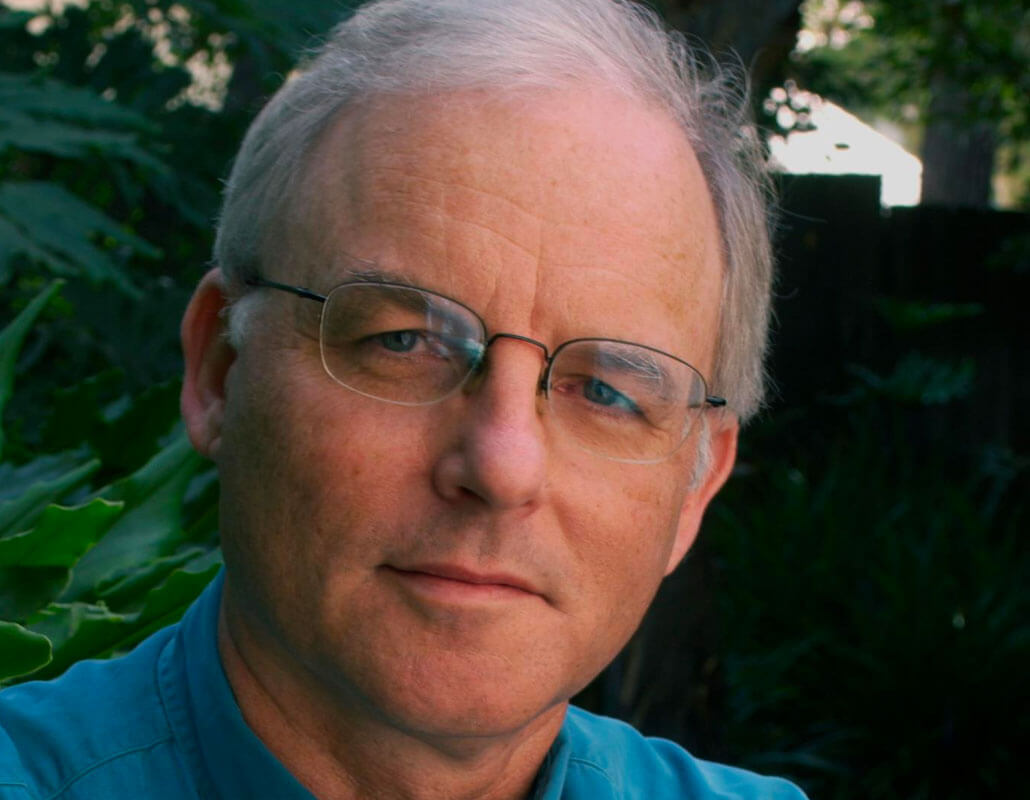
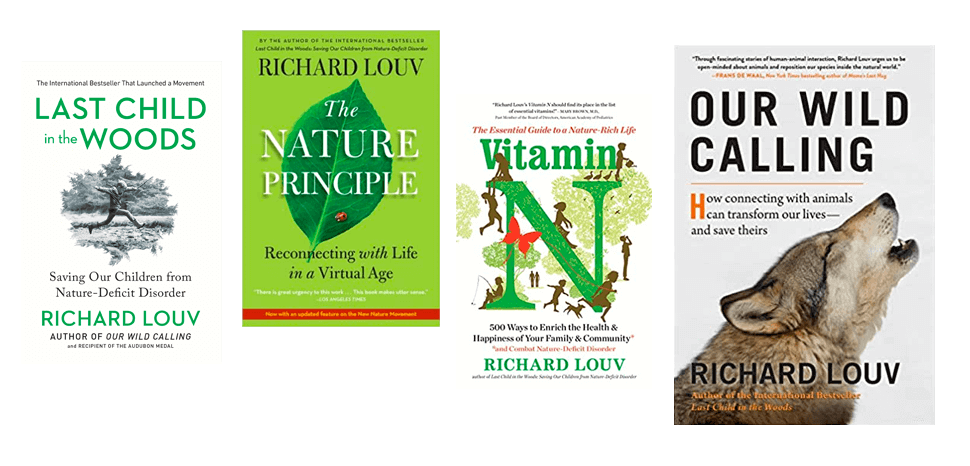
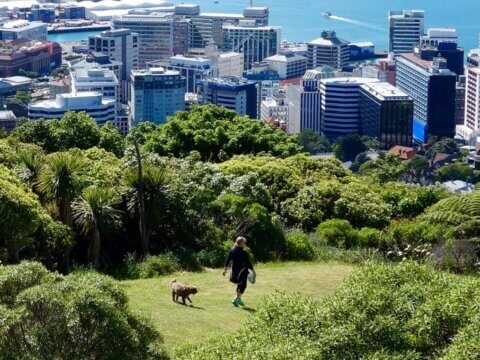
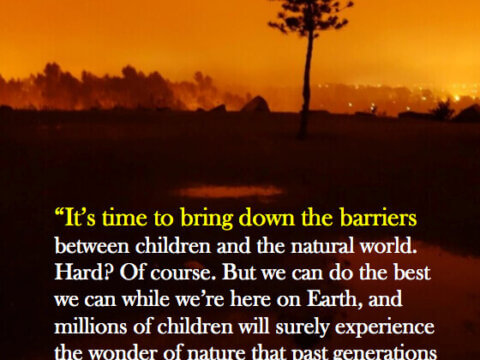
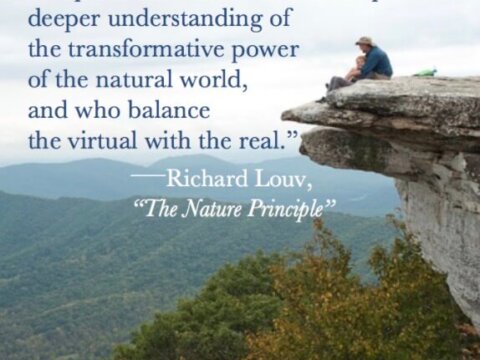
Commentaries on the C&NN website are offered to share diverse points-of-view from the global children and nature movement and to encourage new thinking and debate. The views and opinions expressed are those of the author(s) and do not necessarily reflect the position of C&NN. C&NN does not officially endorse every statement, report or product mentioned.